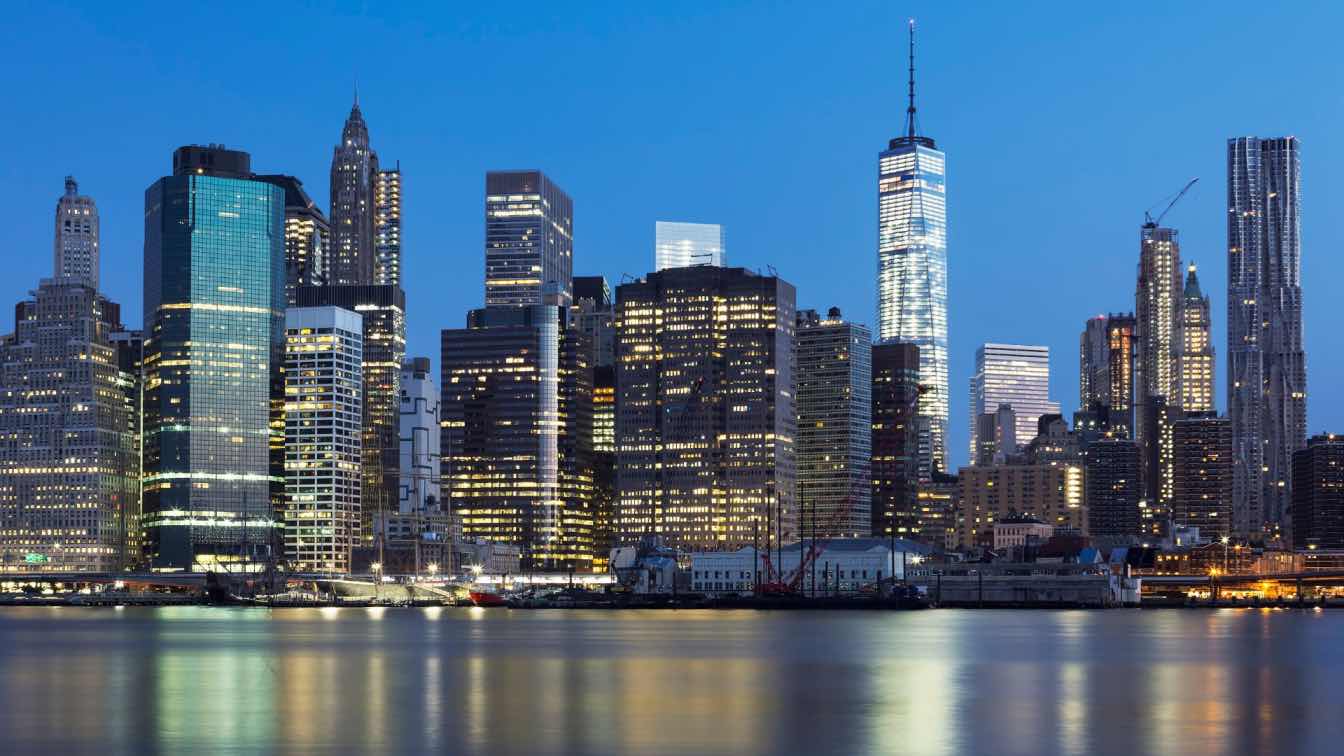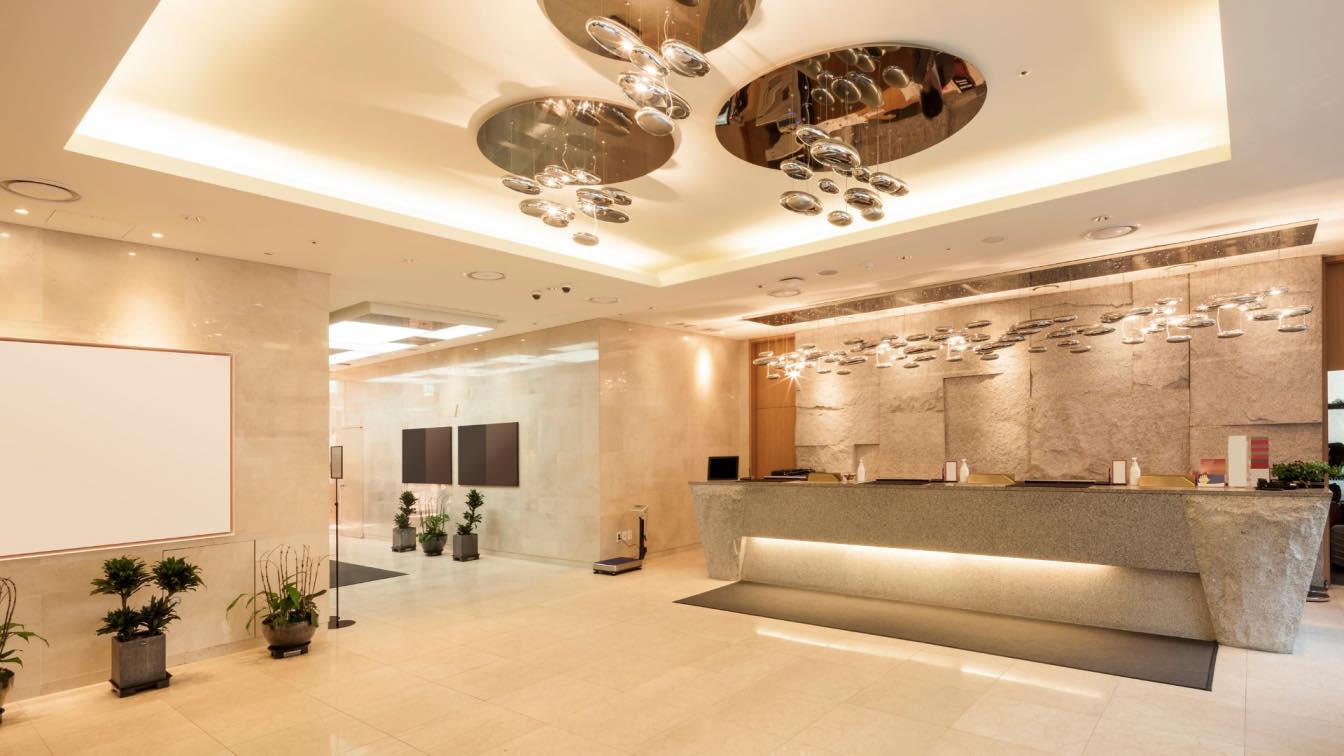What does it mean to rebuild the infrastructure of a city that serves as the epicenter of global commerce, culture, and innovation? Manhattan, with its iconic skyline and bustling streets, faces the immense challenge of modernizing aging systems while preparing for the demands of the future.
From enhancing public transit and reducing congestion to integrating sustainable practices, the city is embarking on transformative projects that aim to improve the quality of life for its millions of residents and visitors. These efforts underscore Manhattan’s resilience and its determination to remain a leader in urban development.
The Foundations of the Present
Manhattan's infrastructure has evolved significantly since the early 20th century, laying the groundwork for its current urban landscape. The New York City Subway, inaugurated in 1904, has expanded into one of the world's largest rapid transit systems, with 151 stations in Manhattan alone.
This extensive network facilitates efficient movement for millions of residents and visitors daily. The construction of iconic bridges like the Williamsburg Bridge (1903) and the Manhattan Bridge (1909) enhanced connectivity between Manhattan and surrounding boroughs, supporting the city's growth into a major commercial and cultural hub.
Despite these advancements, much of Manhattan's infrastructure is aging and requires significant upgrades to meet contemporary demands. A 2019 report highlighted that 44% of highway lanes in Manhattan were rated in fair or poor condition, indicating a decline from previous years. Furthermore, the American Society of Civil Engineers' 2022 assessment categorized New York's infrastructure as "mediocre," with critical components like wastewater systems, roads, and transit in "poor condition."
Major Projects Redefining Manhattan’s Infrastructure
Manhattan is undergoing significant infrastructure transformations to enhance connectivity and resilience. A pivotal project is the Second Avenue Subway extension, which received a $3.4 billion federal grant in 2023. This funding supports extending the Q line 1.8 miles north to 125th Street, aiming to alleviate congestion on the Lexington Avenue Line, the nation's busiest transit corridor.
The project's total cost is estimated at $7.7 billion, with completion targeted for 2029. With large-scale projects like the Second Avenue Subway extension and the Gateway Program, construction-related injuries can become a concern for workers and pedestrians alike. In these scenarios, seeking advice from a knowledgeable Manhattan personal injury lawyer can ensure fair representation and compensation.
Another major initiative is the Hudson River Tunnel project, part of the Gateway Program, which secured approximately $6.9 billion in federal funding in 2023. This project involves constructing a new rail tunnel between New York and New Jersey and rehabilitating the existing North River Tunnel, which dates back to 1910. The endeavor is expected to create 72,000 jobs and inject $19 billion into the state's economy, significantly improving reliability for the 200,000 weekday passengers who utilize New Jersey Transit and Amtrak services.
Challenges in Rebuilding Manhattan
Rebuilding Manhattan's infrastructure presents significant challenges, particularly in securing adequate funding for large-scale projects. The American Society of Civil Engineers' 2021 report estimated a $13.7 billion funding gap for New York's airports from 2017 to 2026, highlighting the financial hurdles in addressing infrastructure needs.
The complex governance structure involving multiple agencies and stakeholders can impede efficient project execution. The Manhattan Institute notes that overlapping responsibilities and conflicting goals among federal, state, and local entities often lead to delays and increased costs in transportation projects. These challenges underscore the need for coordinated efforts and innovative funding strategies to successfully modernize Manhattan's infrastructure.
The Role of Sustainability in Future Projects
Sustainability is a central focus in Manhattan's future infrastructure projects, with significant investments aimed at enhancing environmental resilience and quality of life. In 2023, New York City committed $3.5 billion to develop green infrastructure across all five boroughs, including Manhattan. This initiative is designed to manage intensified rainfall and severe weather resulting from climate change, thereby improving water quality in New York Harbor. The investment underscores the city's dedication to building a sustainable urban environment.
In addition to physical infrastructure, financial strategies play a crucial role in driving sustainable projects forward. The growing focus on eco-finance, which emphasizes environmentally responsible investments, is supporting many of Manhattan's green initiatives. In 2023, New York City secured over $1 billion in green bonds to fund projects such as stormwater management systems and energy-efficient upgrades to public buildings.
In April 2023, Mayor Eric Adams released "PlaNYC: Getting Sustainability Done," a comprehensive climate plan outlining strategies to protect New Yorkers from climate threats, improve quality of life, and build a green economy. The plan emphasizes the development of greenways, expansion of green spaces, and the implementation of energy-efficient technologies in building and transportation sectors. These initiatives aim to reduce greenhouse gas emissions and promote sustainable urban living.
The city is also advancing projects to transform existing infrastructure into sustainable transport hubs. For instance, plans have been announced to convert the Downtown Manhattan Heliport into a facility capable of supporting electric flight technologies. This transformation is part of a broader effort to enhance urban sustainability and reduce noise pollution, reflecting the city's commitment to integrating innovative, eco-friendly solutions into its infrastructure.
A Vision for the Future
Manhattan's future infrastructure development is poised to enhance urban mobility and environmental resilience. A key initiative is the completion of the East River Greenway, a continuous waterfront path along Manhattan's eastern edge.
In December 2023, a new segment between 53rd and 60th Streets opened, providing pedestrians and cyclists with improved access to the waterfront. Further expansion is planned between 41st and 53rd Streets, with a $120 million project set to commence, aiming for completion by 2028. This development not only promotes sustainable transportation but also offers recreational spaces for residents and visitors.
The Gateway Program (a comprehensive rail infrastructure project) continues to progress, addressing critical transportation needs between New York and New Jersey. The program includes constructing a new tunnel under the Hudson River and rehabilitating the existing North River Tunnel, which has been in operation since 1910. This project is vital for enhancing the reliability and capacity of one of the nation's busiest rail corridors, ensuring efficient transit for future generations.
Conclusion
What does it take to rebuild a city as complex and dynamic as Manhattan? From transformative projects like the Gateway Program and the Second Avenue Subway extension to ambitious sustainability initiatives, Manhattan is charting a course toward a more connected, resilient, and forward-thinking future.
These efforts reflect not only the city’s commitment to addressing current challenges but also its vision for maintaining its status as a global leader in urban innovation. As these projects unfold, they promise to redefine daily life for millions, creating a Manhattan that remains vibrant and adaptive for generations to come.





